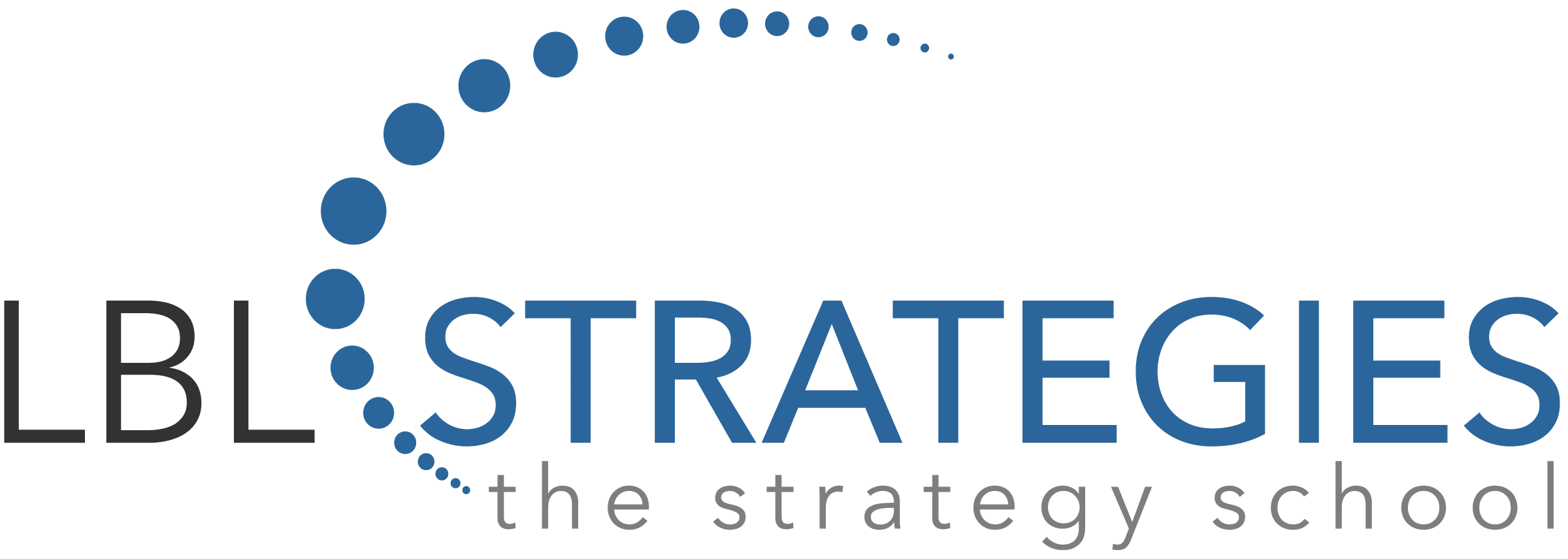By Randall Rollinson and Tamera Fields Parsons
The concept of a "critical friend" has its roots in educational development and action research from the 1970s and 1980s. Originally introduced to enhance reflective practice among educators (Nuttall, 1977), the idea was later refined by scholars such as Costa and Kallick in Through the Lens of a Critical Friend (1993). This concept has since been embraced as a vital skill set for strategy professionals and Baldrige Performance Excellence Champions, and as a powerful framework for fostering sustainable results.
In the context of strategic planning and organizational excellence, a critical friend serves as a trusted advisor, balancing advocacy with accountability. Their role is pivotal in creating a culture of learning, reflection, and continuous improvement—key components of long-term success.
Characteristics of a Critical Friend
A critical friend combines several distinct traits that make them indispensable in achieving excellence:
- Trust and Respect: Building strong, authentic relationships based on trust allows the critical friend to offer candid feedback without causing defensiveness (Costa & Kallick, 1993).
- Constructive Challenge: They ask thought-provoking questions, challenge assumptions, and encourage teams to reflect deeply on their strategies and actions (Argyris & Schön, 1978).
- Supportive Guidance: Acting as a mentor or advisor, the critical friend provides resources, encouragement, and guidance to help teams overcome challenges (Kotter, 1996).
- Objective Perspective: By maintaining independence, they offer unbiased evaluations that help identify blind spots and improve decision-making (Senge, 1990).
- Focus on Growth: They prioritize individual and organizational growth, ensuring alignment with overarching goals and values (Baldrige Performance Excellence Program, 2021).
The Importance of Critical Friend Skills
For strategy professionals and performance excellence champions, the skills required by a critical friend align seamlessly with frameworks like the Baldrige Excellence Framework, which emphasizes learning, feedback, and systematic improvement. Here’s why this role is critical:
- Enhancing Reflective Practice: Encourages teams to evaluate their decisions, processes, and outcomes, ensuring continuous learning, adaptability, and resilience (Edmondson, 2018).
- Balancing Support and Challenge: Combines encouragement with constructive critique, preventing complacency and driving meaningful progress (Costa & Kallick, 1993).
- Fostering Psychological Safety: Creates an environment where individuals feel safe to share ideas, take risks, and learn from failures without fear of judgment (Edmondson, 2018).
- Driving Systems Thinking: Encourages holistic understanding of how decisions impact the entire organization (Senge, 1990).
- Reinforcing Accountability: Ensures commitment to goals through constructive dialogue and feedback (Kotter, 1996).
- Supporting Strategic Alignment: Keeps organizations focused on their mission and values, preventing "mission drift" (Baldrige Performance Excellence Program, 2021).
- Promoting Evidence-Based Decisions: Emphasizes the use of data and analytics to drive strategies, reducing biases and reinforcing credibility (Yukl & Tracey, 1992).
Practical Applications for Strategy Professionals and Baldrige Champions
To integrate the skill set of a critical friend into strategy and performance excellence initiatives, consider the following approaches:
- Strategic Planning: Think like a critical friend when reviewing/developing strategic plans, challenging assumptions, and validating alignment with organizational priorities.
- Performance Reviews: Incorporate critical friend skills into performance review cycles to provide objective feedback and identify opportunities for improvement.
- Facilitating Learning: Engage in workshops and training sessions to foster a culture of reflection and growth.
- Monitoring and Evaluation: Leverage this perspective to assess progress, address barriers, and celebrate successes.
- Change Management: In times of transformation, use critical friend skills to serve as a neutral intermediary, bridging gaps between leadership and teams to ensure transparent communication.
How to Build Critical Friend Skills
Developing critical friend skills requires intentional practice and the application of structured approaches. Here are key strategies:
- Active Listening and Inquiry: Practice deep listening and ask open-ended, reflective questions to encourage dialogue.
- Building Trust and Psychological Safety: Establish an environment where individuals feel safe receiving and acting on constructive feedback (Edmondson, 2018).
- Enhancing Feedback Techniques: Utilize frameworks like SBI (Situation-Behavior-Impact) to structure feedback in a way that is constructive and non-threatening.
- Developing Systems Thinking: Use tools like causal loop diagrams and root cause analysis to understand complex relationships within organizations (Senge, 1990).
- Practicing Constructive Challenge: Learn to pose critical questions that prompt deeper reflection and improvement.
- Engaging in Professional Development: Take courses and attend workshops focused on coaching, mentoring, and leadership development.
The Path to Sustainable Results
For strategy professionals and Baldrige Champions, the integration of critical friend skills into professional practices enhances the capacity to deliver sustainable, scalable results. By fostering trust, encouraging reflection, and driving accountability, you as a critical friend help organizations achieve excellence that endures. They enable a learning culture that not only adapts to change but thrives in it, ensuring that strategic objectives are met with resilience and innovation.
In the journey toward performance excellence, a critical friend is not just an advisor but a vital partner, guiding organizations to create lasting value for their stakeholders and communities.
References
- Costa, A. L., & Kallick, B. (1993). Through the Lens of a Critical Friend. Educational Leadership.
- Edmondson, A. C. (2018). The Fearless Organization: Creating Psychological Safety in the Workplace for Learning, Innovation, and Growth. Wiley.
- Kotter, J. P. (1996). Leading Change. Harvard Business Review Press.
- Baldrige Performance Excellence Program. (2021). Baldrige Excellence Framework (Health Care, Business/Nonprofit, and Education).
- Nuttall, D. L. (1977). Evaluation and Education: A Critical Friend's Perspective. Evaluation in Education.
- Argyris, C., & Schön, D. A. (1978). Organizational Learning: A Theory of Action Perspective. Addison-Wesley.
- Senge, P. M. (1990). The Fifth Discipline: The Art and Practice of the Learning Organization. Doubleday.
- Yukl, G., & Tracey, J. B. (1992). Consequences of Influence Tactics Used with Subordinates, Peers, and the Boss. Journal of Applied Psychology.
- Patterson, K., Grenny, J., McMillan, R., & Switzler, A. (2011). Crucial Conversations: Tools for Talking When Stakes Are High. McGraw-Hill.
